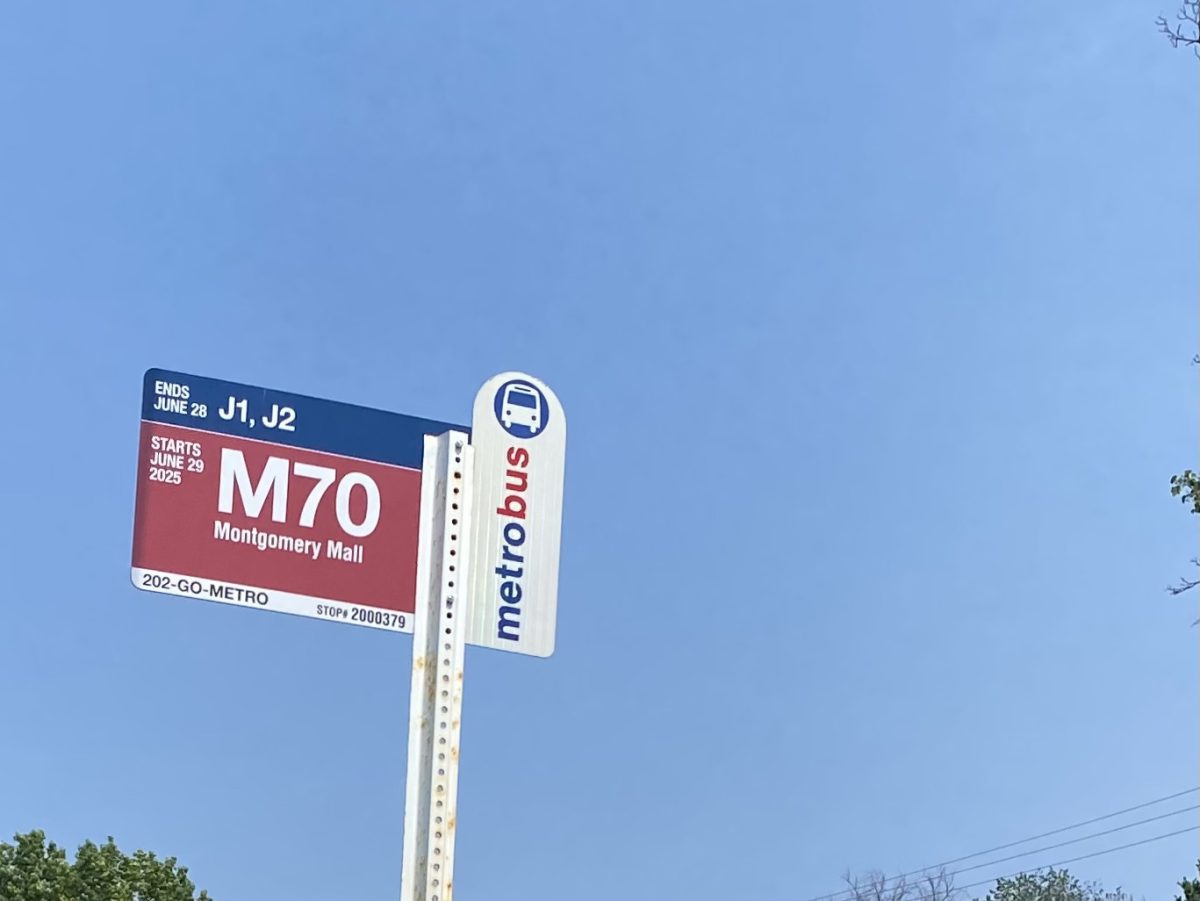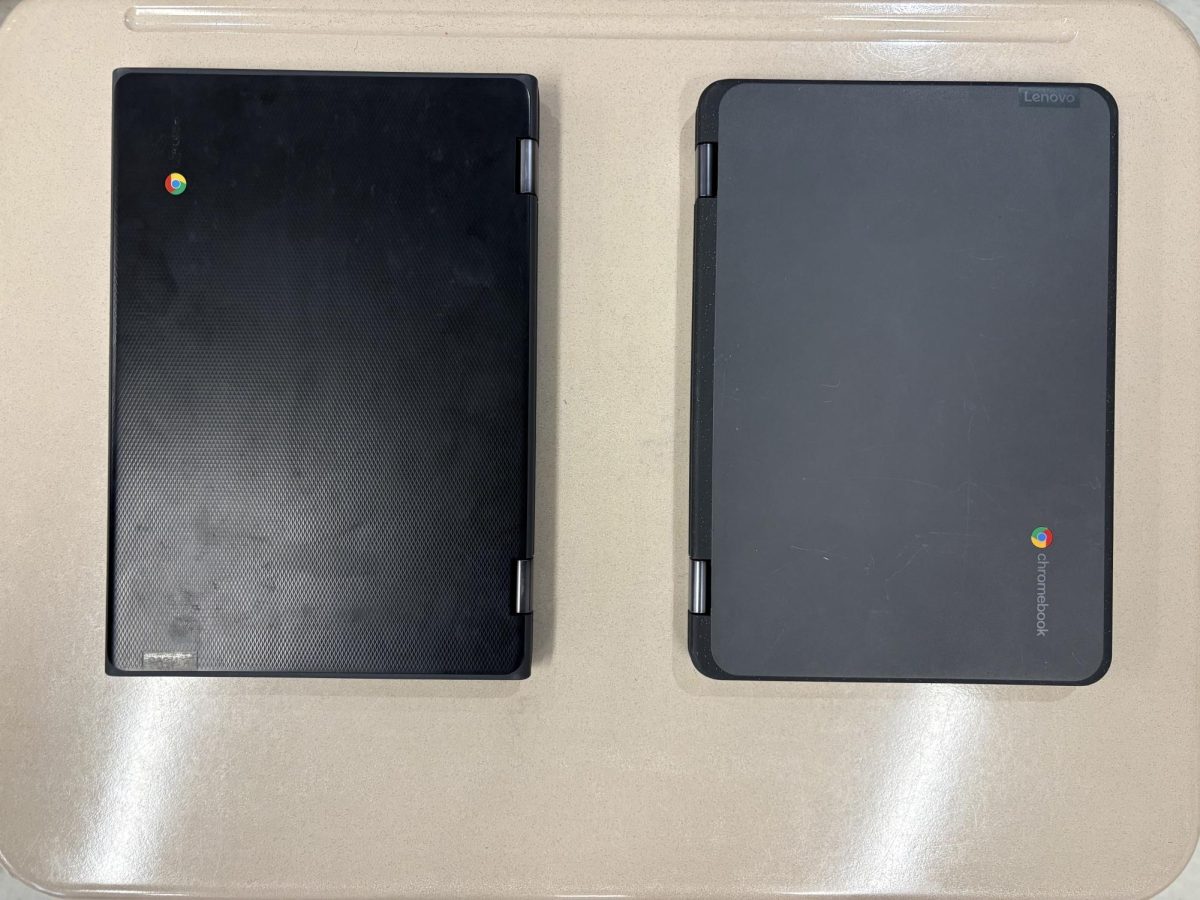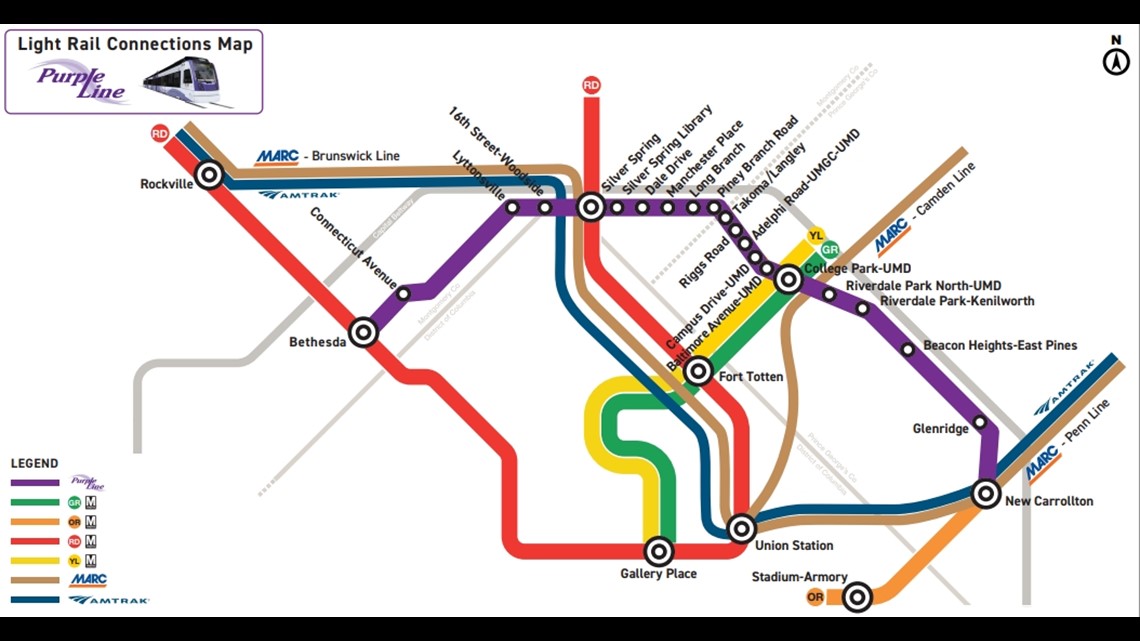On May 16, current and former AP Human Geography students went on a field trip to historic Georgetown and George Washington University in D.C. After being dropped off in Georgetown by a charter bus, students embarked on a tour of Georgetown’s historic neighborhoods, guided by Canden Schwantes, an author who has written three books on the history of Georgetown. Students learned how the geography of Georgetown influenced its development into the neighborhood it is today and saw the former homes of several famous Georgetown residents, including President John F. Kennedy and former Secretary of State John Kerry.
“Geography is about learning about the world we live in and where things are located and why they are located where they are,” Lili Monk, the AP Human Geography teacher and organizer of the trip, said. “For example, when we went to Georgetown… we saw how the houses [had originally been built with the current second floor on ground level until the grading changed and a new ground floor was built underneath].”
After another bus ride, the trip attendees ate lunch at a food court on the George Washington University campus before walking to a computer lab within the school’s geography department. There, assistant professor Nuala Cowan introduced the concept of open source mapping to the students through a website called OpenStreetMap. OpenStreetMap is essentially a Wikipedia-like version of Google Maps- anyone can edit any features on the map at any time, and the data is all kept within the public domain.
“[Open source mapping] is the most exciting development in mapping, and the application of it has an opportunity to help organizations that desperately need help mapping areas that haven’t been mapped,” Monk said. “[In the case of a natural disaster], those maps, created even by students, can help rescue organizations find where people might be, whether it’s a hospital or a school or something like that.”
These maps are so helpful to the organizations mentioned by Monk because unlike sources such as Google Maps, which often have very limited maps of developing areas, the ability to edit OpenStreetMap at any time allows users at home to draw features of developing regions onto the map based on what they see in satellite images. This allows relief efforts on the ground to have a better idea of their landscape and surroundings.
Students created accounts on the website and learned how to add buildings and other features to the map by drawing them based on the site’s satellite imagery.
Monk sees the field trip as a success and plans to run similar trips in the coming years with future AP Human Geography students.
“I think the field trip went well,” she said. “Next year, I hope to do more field trips.”








